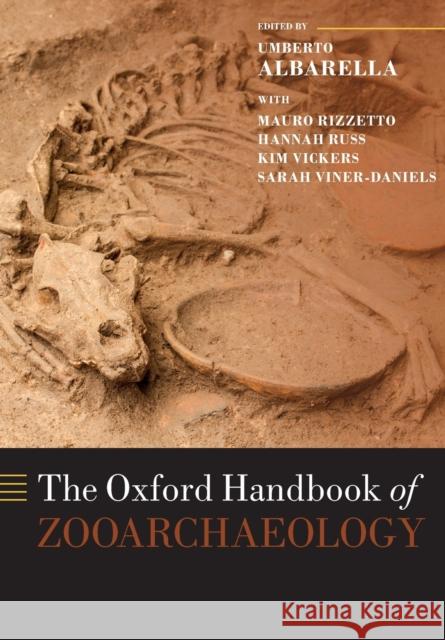The Oxford Handbook of Zooarchaeology » książka
topmenu
The Oxford Handbook of Zooarchaeology
ISBN-13: 9780198854432 / Angielski / Miękka / 2020 / 864 str.
The Oxford Handbook of Zooarchaeology
ISBN-13: 9780198854432 / Angielski / Miękka / 2020 / 864 str.
cena 208,11 zł
(netto: 198,20 VAT: 5%)
Najniższa cena z 30 dni: 187,59 zł
(netto: 198,20 VAT: 5%)
Najniższa cena z 30 dni: 187,59 zł
Termin realizacji zamówienia:
ok. 30 dni roboczych.
ok. 30 dni roboczych.
Darmowa dostawa!
Kategorie:
Kategorie BISAC:
Wydawca:
Oxford University Press, USA
Język:
Angielski
ISBN-13:
9780198854432
Rok wydania:
2020
Ilość stron:
864
Waga:
1.62 kg
Wymiary:
24.38 x 17.27 x 4.32
Oprawa:
Miękka
Wolumenów:
01
Dodatkowe informacje:
Glosariusz/słownik











